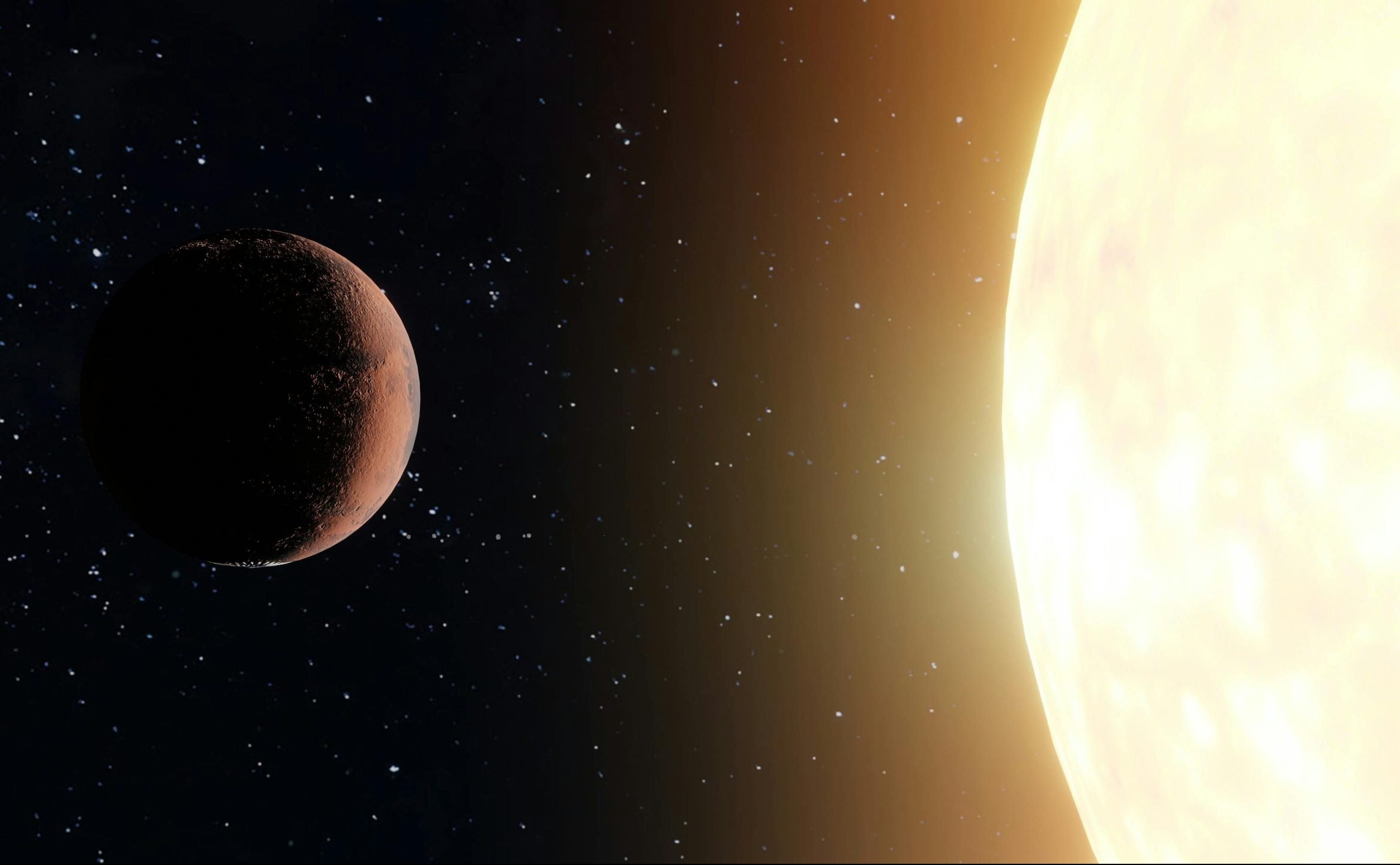
Muography can contribute to a better understanding of the various signs of volcanic activity.Continue reading


Easy Branches allows you to share your guest post within our network in any countries of the world to reach Global customers start sharing your stories today!
Easy Branches
34/17 Moo 3 Chao fah west Road, Phuket, Thailand, PhuketCall: 076 367 766
info@easybranches.comRecent research from the HUN-REN Research Center for Astronomy and Earth Sciences has illuminated fascinating new findings across fields, from the limitations of artificial intelligence (AI) in scientific inquiry to the mysteries of our Sun’s formati

Recent research from the HUN-REN Research Center for Astronomy and Earth Sciences has illuminated fascinating new findings across fields, from the limitations of artificial intelligence (AI) in scientific inquiry to the mysteries of our Sun’s formation and the behavior of the star Betelgeuse. The discoveries highlight the depth of scientific exploration and its impact on our understanding of the universe.
Can AI Truly Understand Earth Sciences?
Large language models (LLMs) like ChatGPT, Bard, and Hungary’s PULI GPT-3SX are celebrated for their ability to process massive amounts of information with minimal user expertise. However, a number of worrying problems have also been raised about them, such as distortions in the responses, privacy risks linked to the files uploaded by users and the data provided, lack of precise description and transparency of their operation, and simply incorrect responses.
Researchers from the Center examined the credibility of the 100 questions formulated by ChatGPT as the most important for the Earth Sciences and whether there is a difference in the answers when using the synonyms “Earth Sciences” or “Geosciences” with the same meaning in the question formulation.
Their study shows that although the two words have the same meaning, they have different meanings in the questions posed to the language models.
The researchers stressed the importance of critical thinking when evaluating AI-generated insights. While LLMs offer remarkable capabilities, they cannot replace human judgment or the rigorous scrutiny inherent to scientific inquiry.
How Quickly Did the Sun Form?
The Sun’s origins have long fascinated scientists, and a recent international collaboration has shed light on this fundamental question. A collaboration of international researchers, including astrophysicists from the Konkoly Thege Miklós Astronomical Institute and the University of Szeged, have been able to estimate the timescale of the formation of the central star over a period of 4.6 billion years.
First, the researchers successfully measured the decay of fully ionized thallium ions using a special particle accelerator, and then used the results of the experiment to calculate how much radioactive lead (205Pb) is produced in the stellar interior.
Compared with the amount of 205Pb that can be derived from meteorites,
they found that the Sun formed into a star relatively quickly, in 10-20 million years, following the collapse of its natal gas cloud.
This swift formation timeline suggests the Sun was born as part of a cluster of sibling stars, many of which have since scattered across the galaxy.
Star with a Secret Companion?
The brightening and fading of the star Betelgeuse has intrigued astronomers for years, and some are convinced it could be a harbinger of an impending supernova explosion.
However, new results from HUN-REN researchers and their U.S. colleagues suggest that the real cause of the light changes may be a previously unknown companion star.
Nicknamed “Betelbuddy” by lead researcher Jared Goldberg, this companion clears the dust around Betelgeuse and periodically dimming its light. Although its exact nature remains uncertain, candidates include a Sun-like star or even a neutron star. Researchers aim to confirm Betelbuddy’s existence by capturing direct observations during an optimal viewing window around December 6. If successful, the findings could reshape the understanding of this iconic star and its long-term evolution.
Via HUN-REN; Featured image via Pexels
The post From AI to the Stars: HUN-REN Researchers Explore Mysteries appeared first on Hungary Today.